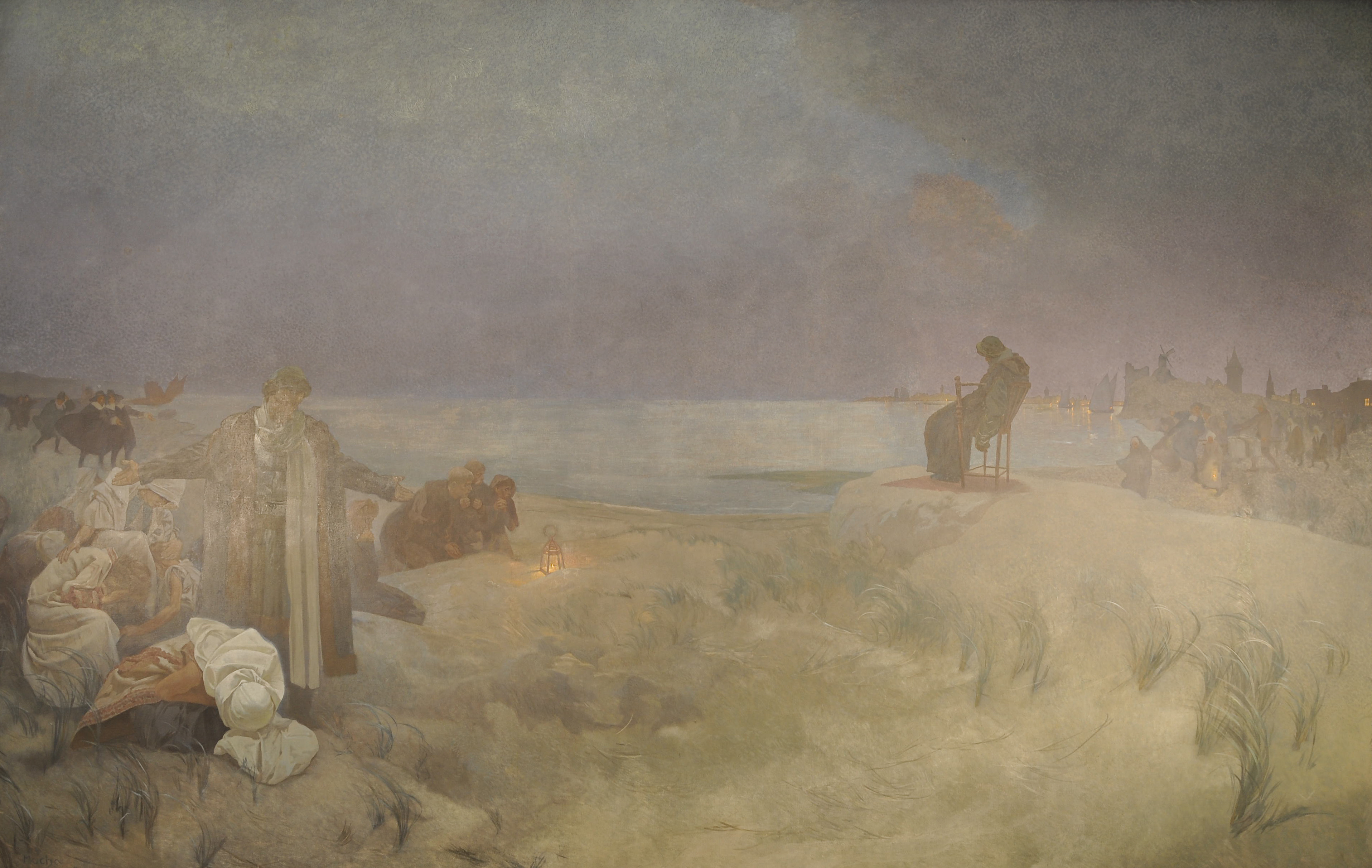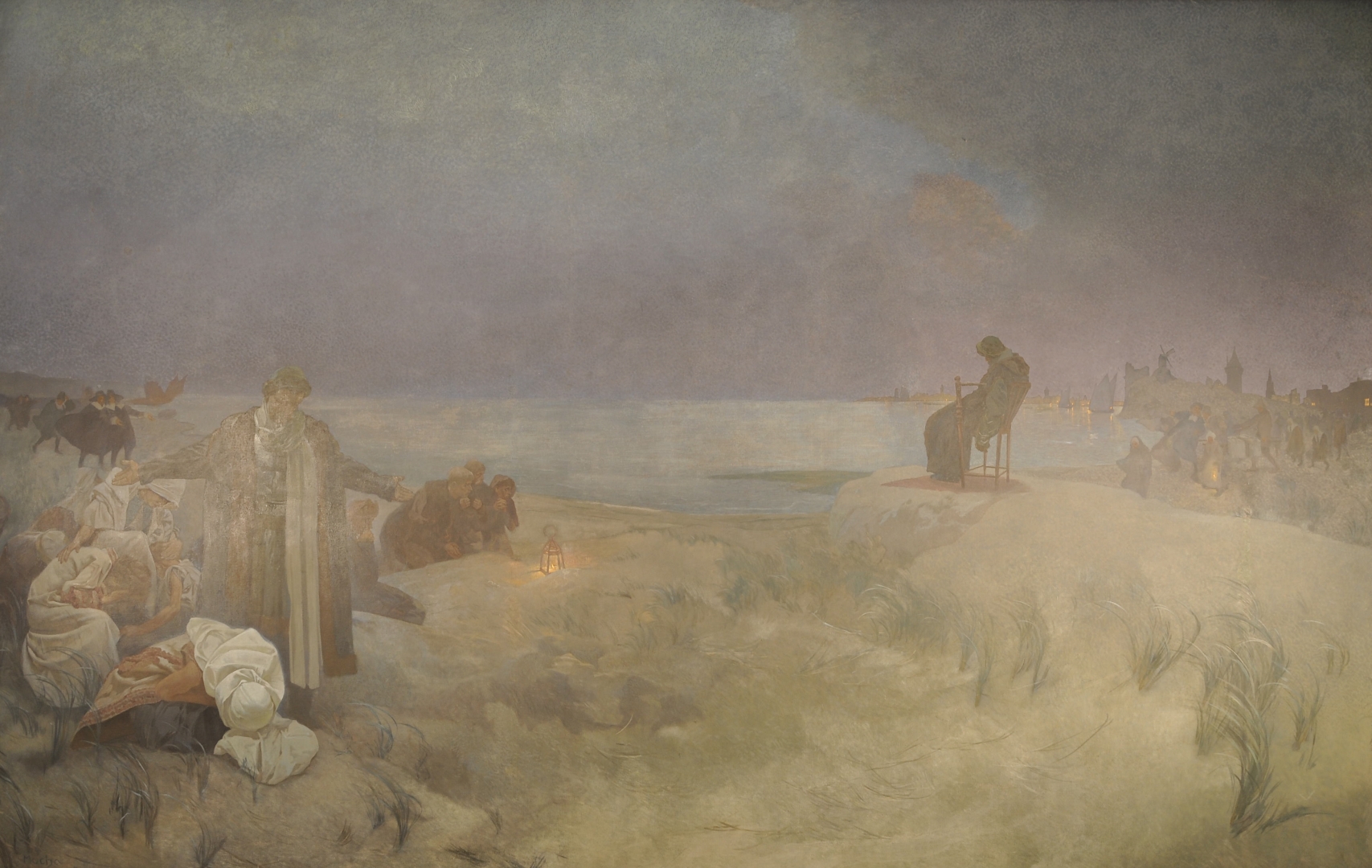JOHN AMOS COMENIUS
The Comenius family took its name from the village of Komňa near Uherský Brod. Martin Komenský worked for his brother, a miller, when his son Jan was born on March 28, 1592. Comenius's birthplace is uncertain - Uherský Brod or Nivnice are mentioned as the two most likely possibilities. Soon the whole family moved to Uherský Brod, where they belonged to the class of wealthy burghers and became important members of the Unity of Brethren. The Unity's help allowed Jan to attend the school in Přerov. He graduated from colleges in Herborn and Heidelberg. During his studies, he began writing the Treasure of the Czech Language and prepared an encyclopedia for young people, Theatrum Universitatis Rerum, the Theatre of the World.
After returning to Bohemia, he became a priest and teacher at the Přerov school and later the rector of the school in Fulnek. After the Battle of White Mountain in 1620 and the Old Town Square executions in June of the following year, Comenius learned about an arrest warrant on his head. He obeyed the warning of Karel the Elder of Žerotín and hid near Šternberk on the Žerotín estate, but then he had to flee from Moravia to Brandýs nad Orlicí.
In 1628, after the proclamation of the Renewed Land Ordinance, he permanently went into exile - first to Leszno in Poland, then he travelled to England, France, Sweden, Hungary and back to Leszno. The Peace of Westphalia, signed in 1648, meant long domination of the Habsburgs over the Czech lands and a lifelong exile for Comenius. He channelled his disappointment in his work The Last Will and Testament of the Dying Mother The Unity of Brethren. Swedish and Polish troops swept through Leszno, and the town burned for three days. He lost the manuscripts for the Treasure of the Czech Language that he kept there. He spent his old age in the Netherlands in Amsterdam, where he managed to get published half of his works.
In the Netherlands, he often went to the seashore to reminisce about his distant homeland before his advanced age and illness strapped him to a chair. His friend's gesture, full of hopelessness, and the grief of his wife and others in his company indicate that the picture depicts the last days of his life. The dream of returning home fades like a flame of the lantern sitting on the sand. He knows that he won't see his homeland as a free country.
In the distance is the silhouette of Naarden, where Comenius is buried. He died on November 15, 1670.

